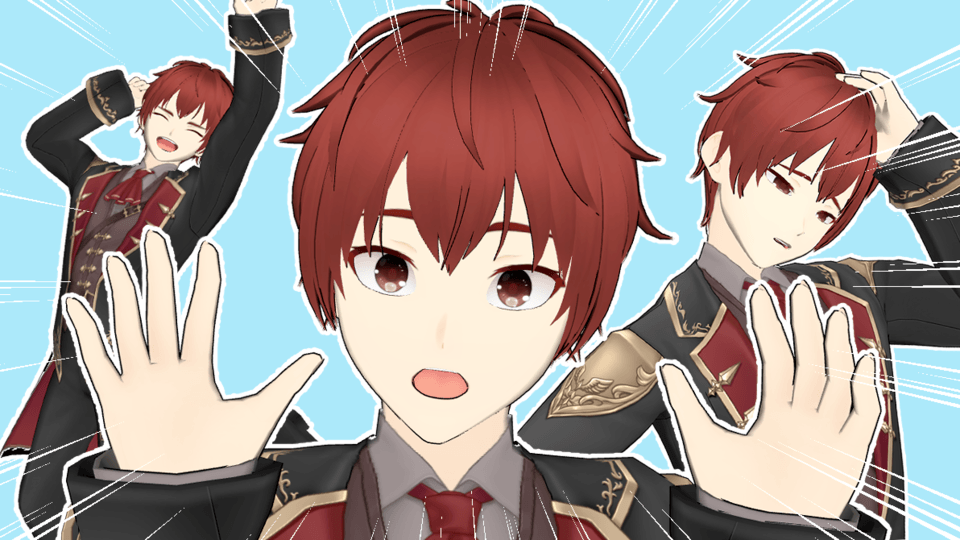Aligning perspective rulers to drafts -Basic perspective rulers 3-
Compatible with Clip Studio Paint Ver. 1.10.5
When drawing perspectives in illustrations and manga, it is more practical to figure out the perspective from a draft image that you want to draw, and ink it.
In this lesson, we will cover how to align perspective rulers with drafts and photographs.
[1]Prepare a draft
In architecture, perspective drawings are drawn based on floorplans. However, in illustration and manga, they start from layouts, as the composition of the scene is prioritized.
At this stage, there is no need to draw accurately as long as you can envision the eye level and vanishing point.
When using a photograph, import it using [File] menu →[Import]→[Image]. The rest is the same as when using layouts.
[2]When you know the eye level’s position
When you know where the eye level is at the draft stage, the vanishing points are decided after the ruler is aligned to the eye level.
*1. 2 lines per vanishing point are selected as guide lines. The longer and straighter they are, the better.
In the example, we selected lines ①~④.
*2. The eye level handles are dragged, and the eye level is placed based on the draft.
*3. The [Object] tool’s “Fix eye level” is checked. If checked, the position and angle of the eye level won’t change when moving the vanishing point.
*4. The guide line’s handle is dragged and aligned with line①.
*5. The vanishing point’s handle is dragged, and the guide line’s angle is adjusted to overlap with line①. When the guide line is adjusted, that vanishing point moves along the eye level.
*6. As they share the same vanishing point, using the same steps as line①, a guide line is aligned with line②. With this, the vanishing point of line① and line② is determined.
When the lines are rough, there is no need to strictly protect the drawn lines; adjust the guide lines to fit the scene.
- In 1 point perspective, the vanishing point and eye level of line① and line② can be determined by unselecting the [Object] tool’s [Fix eye level] and aligning the guide line with line②, completing ruler operation.
*7. Similarly, guide lines are aligned with line③ and line④, determining the other vanishing point.
With this, the two vanishing points have been found. For 2 point perspective, it would be completed here.
Similarly, for a 3 point perspective’s vanishing point that is not on the eye level, the guide lines are aligned with lines that determine the height.
[3]When finding the eye level from a draft
When the eye level isn’t clear or when using a photograph, the eye level can be determined by finding the vanishing points.
*1. 2 lines per vanishing point are selected as clues to find the vanishing points.
In the example, we selected lines ①~④.
*2. [Fix eye level] in [Object] tool is deselected.
*3. The guide line and vanishing point’s handles are dragged so the guide line overlaps with line① and line②.
The vanishing point moves along with the dragged lines, determining the position.
For 2 point perspective and 3 point perspective, the eye level will be tilted.
The eye level will be horizontalized in step *5.
For 1 point perspective, it would be completed here. The vanishing point and eye level’s position would be found.
*4. Similarly, guide lines are aligned with line③ and line④, determining the other vanishing point.
With this, the two vanishing points and the eye level that connects them have been determined.
For a 3 point perspective’s vanishing point that’s not on the eye level, the guide lines are aligned with lines that determine the height.
*5. To horizontalize the eye level, drag the eye level’s handle while holding the Shift key. This will enable the tilt to be adjusted in 45 degree increments.
If the vanishing points move when the eye level is horizontalized, select [Fix eye level] from [Object] tool and correct the guide line’s tilt.
The following has been made using the determined perspective ruler.
























Comment